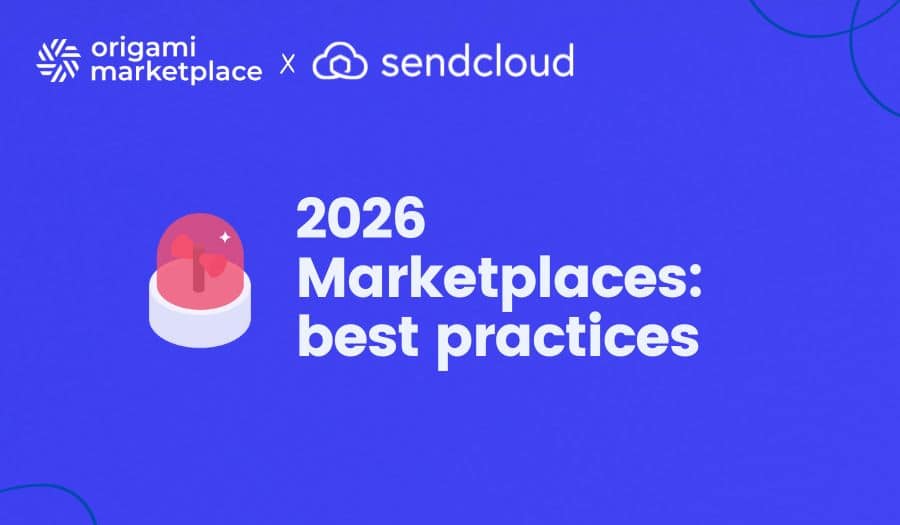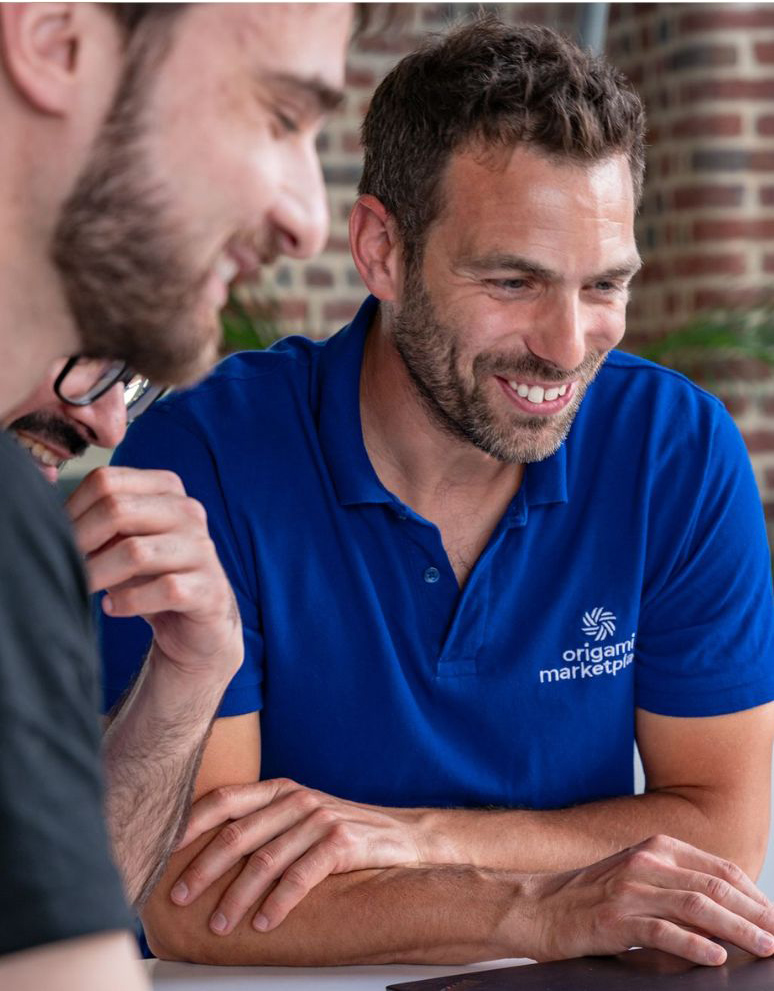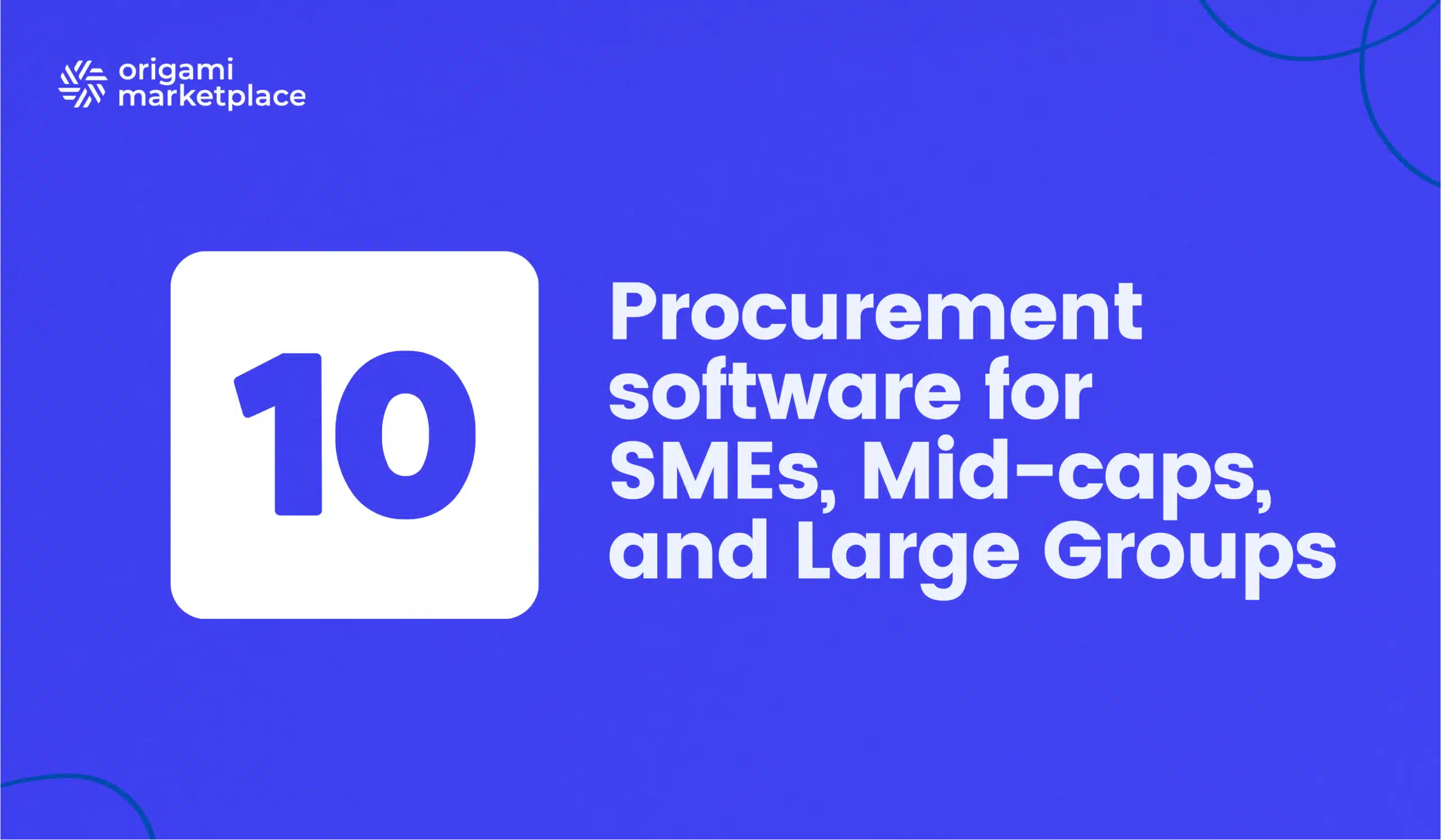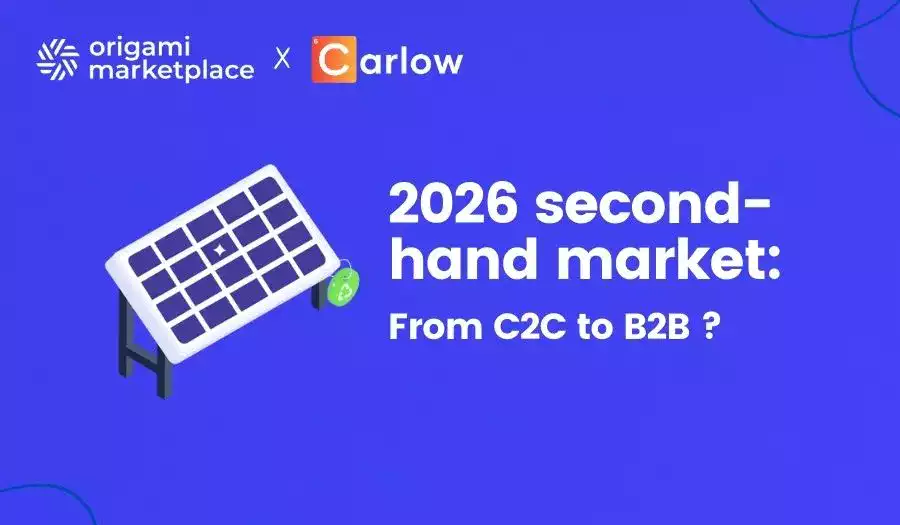Marketplaces in 2026: what works and what doesn’t
- Emeline Kerloch
- 6 minutes de lecture

The debate over the relevance of marketplaces is over. According to Sendcloud’s Delivery Compass 2025, 87% of consumers now prefer to shop on these platforms, so they are no longer a trend, they are the centre of gravity of e-commerce. However, this triumph conceals a deeper transformation: the era of dominance based on size and the promise of “everything, right now” is coming to an end.
By 2026, launching a marketplace will no longer be enough. Simply connecting people will be a commodity. Success will depend on specialisation, experience, and creating added value at every stage.
At Origami Marketplace, we are building the platforms of tomorrow. Working alongside partners such as Sendcloud, a logistics expert, we have identified the 5 key factors that will determine prosperity and decline in 2026.
1. Types of marketplaces
What works in 2026: specialisation and niche markets.
Successful marketplaces are vertical and community-based. Whether they focus on industrial B2B, eco-friendly products, second-hand goods or services, their success lies in offering a specific value proposition. Customers no longer come just for a product, but for expertise and a selection they can’t find elsewhere.
What no longer works: being a generalist to dominate.
The giants (Amazon, Alibaba, etc.) have educated the market and created standards, but they have also created weariness. Consumers are now looking for expertise, curation and meaning.
2. New must-have features
- AI at every level: AI is no longer a gimmick. It is crucial for personalising recommendations, optimising product listings (via generative AI), and detecting fraud.
- Conversational commerce: purchasing must be integrated into the platforms where customers are active, such as social networks and messaging services. The experience must be fluid and frictionless within the app.
Ready to turn your multi-vendor platform idea into reality?
To help you develop the best platform possible, we’ve gathered all the must-have features, key technical considerations, and best practices in a comprehensive document:
Download the Specifications template 🗒
Perfect for smaller or medium-scale projects without a formal purchasing process. It will help you outline your requirements effectively and streamline your selection process.
Download the Request for Proposal template 📒
Ideal for larger, more complex marketplace projects with a formal purchasing department or advanced procurement policies.
3. Omnicanality
What will work in 2026: omnicanality and ecosystems.
The marketplace of 2026 will conduct a complete ecosystem. The distinction between online and offline is becoming increasingly blurred.
This implies:
- Phygital: seamless integration of stock between websites and physical stores (click & collect, e-reservation).
- Additional services: the marketplace will be a partner, not just a place for transactions. It will offer financing, insurance, setup and training services, creating new sources of revenue and building loyalty among buyers and sellers.
What no longer works: the “silo” marketplace
Thinking of your marketplace as a simple sales channel, isolated from the rest of your business, is a strategic mistake.
4. Logistics
What customers will expect in 2026: deliveries that are flexible and tailored to local preferences.
There’s no such thing as one carrier that fits all. When you look across Europe, delivery preferences vary enormously from country to country, and these differences are only growing as consumers expect more control over how and when they receive their parcels.
France vs. Belgium: home delivery or collection point?
In Belgium, standard home delivery remains king: 63.1% of online shoppers choose standard home delivery. They value the comfort of receiving parcels right at their doorstep, and are less inclined to visit pickup points. Cross the border into France, and the picture flips entirely. Out-of-home delivery accounts for 46.8%, with parcel lockers gaining traction at 22.1%. At the end of the day, it’s all about being flexible enough to meet consumer expectations.
Fast delivery, what does that mean?
It’s also tempting to think that all consumers want their parcels “as soon as possible.” But speed is a local concept. In Belgium, shoppers are happy with a 2–3 day window, in France, 4–5 days feels perfectly acceptable. Even the ideal delivery time of day varies: Belgians prefer late-morning drop-offs (10am–12pm), while French consumers appreciate evening deliveries (6–8pm). These nuances matter, because they define what a 5-star delivery experience means to each customer.
Since delivery is a key factor in customer loyalty, marketplaces must use a diverse network of carriers (e.g. postal and express services) to meet all customer needs.
Local expertise, at marketplace scale
By combining multiple delivery methods such as home delivery, pickup points, lockers, and flexible options like evening or same-day shipping, marketplaces can offer every customer the delivery experience that suits them best. Not just for better reviews, but for higher conversions, stronger loyalty, and a brand consumers return to.
With Sendcloud, marketplaces instantly tap into over 160 carriers and 9,000+ shipping methods across Europe, giving them the flexibility to match local preferences while scaling globally.
“European shoppers don’t think about delivery in the same way. Each market has its own expectations, and marketplaces that respect those differences win customer loyalty. By connecting to a diverse network of carriers, you can offer the right delivery experience for every customer, every time.”

Rob van den Heuvel, CEO & Co-founder, Sendcloud
5. Sellers
Sellers should not be viewed as mere “catalogue providers”. Charging them high commissions for substandard tools is a recipe for failure.
In 2026, what will attract them is a premium seller experience. The real battle for a marketplace is not for customers, it’s for sellers. Without the best sellers, you won’t have the best products. In order to attract and retain them, you need to offer them a high-performance platform and attractive sales conditions.
That’s Origami Marketplace’s purpose: to provide an optimised solution designed for sellers.
However, before they can manage their business, they need to be recruited. This is often a long and costly process. To address this issue, we have developed Origami Link, a module designed specifically to streamline and accelerate the acquisition of new sellers.
“The number one challenge for a marketplace operator is not technical; it's commercial: how to recruit the right sellers quickly.' Without sellers, a marketplace is an empty shell. Real time-to-market is not just the time it takes to launch the platform; it's also the time it takes to stock it with attractive offerings. We launched Origami Link to automate this critical phase, transforming a costly, manual bottleneck into a powerful growth lever and enabling our customers to solve the 'chicken and egg' problem much faster than their competitors.”

Julien Bruitte
Conclusion
Want to build an agile and sustainable multi-vendor platform?
Let’s talk. Our expertise goes beyond the tool. We help you structure your project with the right methodology to ensure its success.



